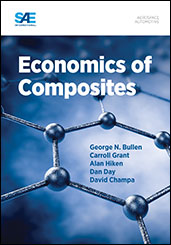Technical Paper
777X Control Surface Assembly Using Advanced Robotic Automation
2017-09-19
2017-01-2092
Fabrication and assembly of the majority of control surfaces for Boeing’s 777X airplane is completed at the Boeing Defense, Space and Security (BDS) site in St. Louis, Missouri. The former 777 airplane has been revamped to compete with affordability goals and contentious markets requiring cost-effective production technologies with high maturity and reliability. With tens of thousands of fasteners per shipset, the tasks of drilling, countersinking, hole inspection, and temporary fastener installation are automated. Additionally and wherever possible, blueprint fasteners are automatically installed. Initial production is supported by four (4) Electroimpact robotic systems embedded into a pulse-line production system requiring strategic processing and safeguarding solutions to manage several key layout, build and product flow constraints.

